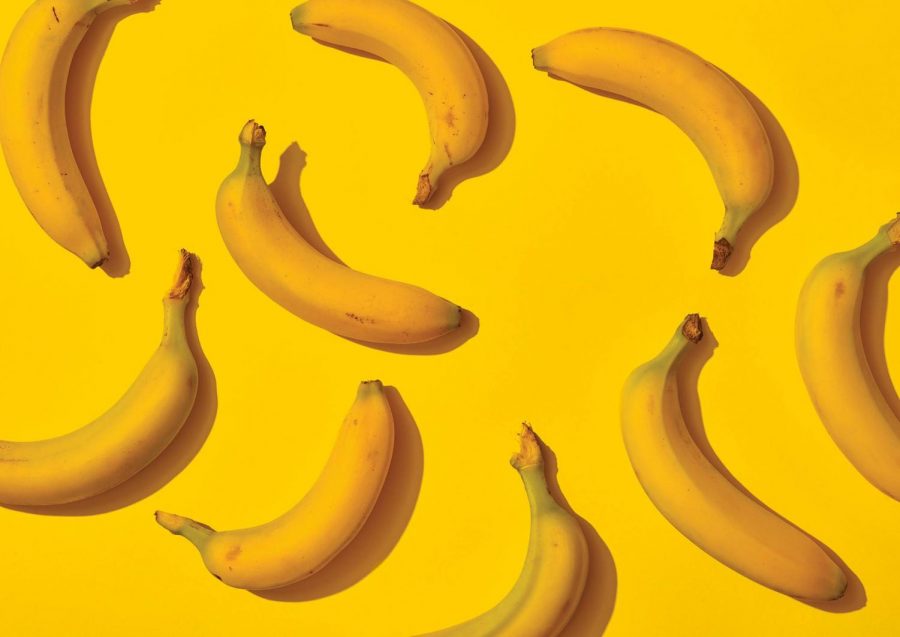Can You Imagine a World Without Bananas?
May 5, 2020
Brian Moriarty, a 2020 grad and Valedictorian– and super important part of Titan Times, wrote this article his freshman year and it was never published. Google the banana extinction! It’s still scary! Thanks for all the amazing memories, Brian! You will be sorely missed!
Bananas are a household item nearly everyone is familiar with. Waking up and enjoying a banana has become a daily tradition for people all across the world. Some countries even depend on the banana as a major food source preventing starvation. Unfortunately, this fruit staple could disappear fast due to a fungal infection called Panama disease, which works by infecting the banana plant’s roots and vascular system, leaving the banana plant unable to transport water and nutrients. Sadly, it wouldn’t be the first time bananas were infected by this disease.
Until the 1960s, the primarily species of banana consumed was the Gros Michel variety. However, during the 1950s and 1960s, the Panama disease began to spread and affect Gros Michel plantations across Latin America. As a result of the Panama disease infection, the Gros Michel variety became virtually extinct. To replace the Gros Michel variety, farmers switched to the Cavendish variety, which was resistant to the Panama disease strain going around at the time. The Cavendish banana is the type of banana bought today at stores everywhere, and it is now being affected by a new strain of Panama disease.
If the Cavendish banana were to go extinct and no suitable replacement could be found, the consequences would be dire. Bananas are the fourth most important crop in the world after wheat, rice, and corn. About 85 percent of those bananas are consumed locally, with the remaining amount being exported to mainly the United States and Europe. Cavendish banana extinction would go beyond people waking up and not having bananas to eat in the developed world, starvation could occur in countries like Uganda, Gabon, Ghana, and Rwanda that depend on Cavendish bananas for food. There are also millions of farmers who depend on the banana for a source of income and can’t afford for the Cavendish to go extinct.
While the threat of extinction for Cavendish bananas hangs in the balance, there are some ways to combat the Panama disease. Research is needed to understand more about the biology of the fungus infecting the bananas. With research, scientists could find a way to eradicate the disease. However, the best way to combat Panama disease is biodiversity, which is the production of more than one variety of a plant or animal. The Cavendish is the only banana mass produced and sold around the world in large quantities. If producers could grow different types of bananas instead of just one, the world wouldn’t have to look for alternative banana species when one variety come close to being extinct.
Cavendish bananas are in danger of extinction due to Panama disease, and there are millions of people who could suffer if the Cavendish were to go extinct. However, there are ways to help stop Panama disease and ensure a situation similar to it doesn’t happen again. Through a combination of research and biodiversity, Cavendish bananas can be saved. Sadly, it is unlikely for major banana companies to suddenly start producing different banana varieties due to concerns over how growing new bananas could affect profits.


Sheila King • Sep 9, 2022 at 5:32 pm
Thank you . The article is substantial reference to my questions about the importance this incredible fruit/ and those who lives are benefitted from it’s consumption and those who lives depend growing and maintaining the crops. It also highlights it’s endangerment and rarity. Because of its abundance and access it is in a way is not highly regarded.
Thank you I enjoyed reading Brian_s article.